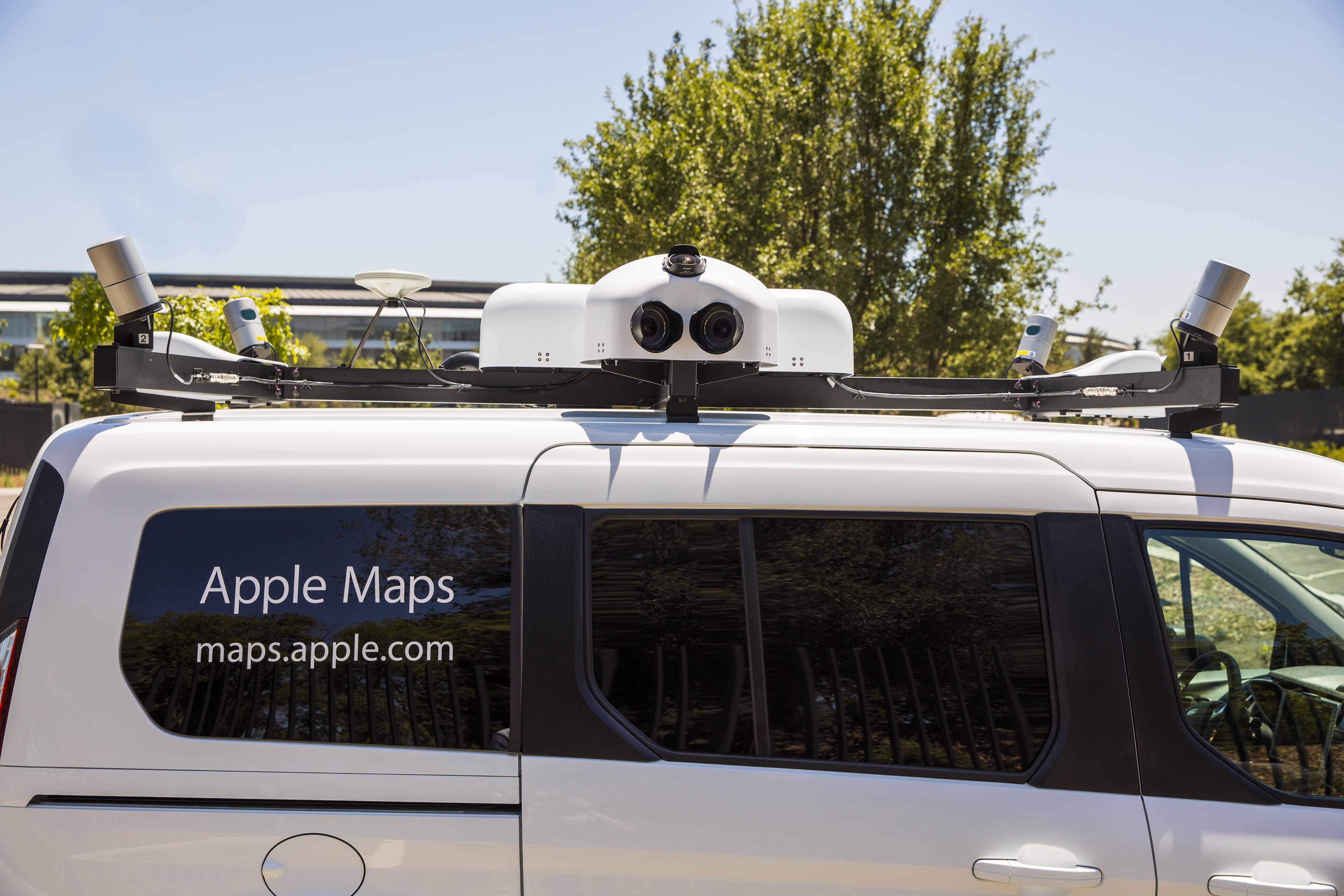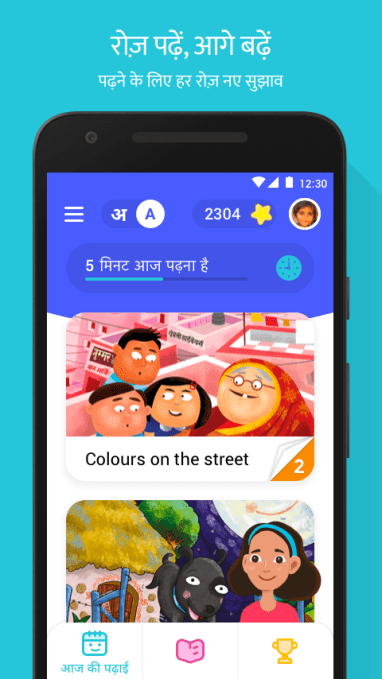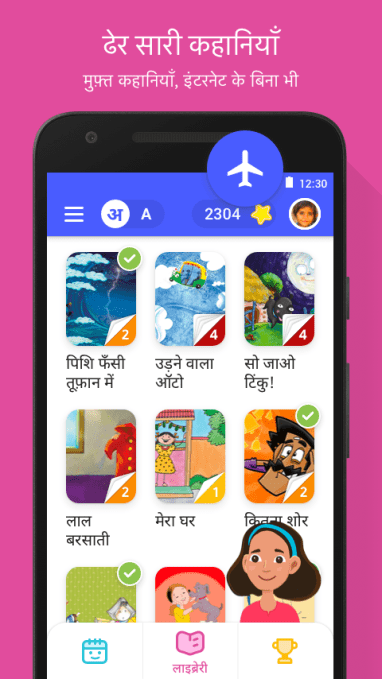Security researchers have found dozens of companies inadvertently leaking sensitive corporate and customer data because staff are sharing public links to files in their Box enterprise storage accounts that can be easily discovered.
The discoveries were made by Adversis, a cybersecurity firm, which found major tech companies and corporate giants had left data inadvertently exposed. Although data stored in Box enterprise accounts is private by default, users can share files and folders with anyone, making data publicly accessible with a single link. But Adversis said these secret links can be discovered by others. Using a script to scan for and enumerate Box accounts with lists of company names and wildcard searches, Adversis found over 90 companies with publicly accessible folders.
Not even Box’s own staff were immune from leaking data.
The company said while much of the data is legitimately public and Box advises users how to minimize risks, many employees may not know the sensitive data they share can be found by others.
Worse, some public folders scraped and indexed by search engines, making the data found more easily.
In a blog post, Adversis said Box administrators should reconfigure the default access for shared links to “people in your company” to reduce accidental exposure of data to the public.
Adversis said it found passport photos, bank account and Social Security numbers, passwords, employee lists, financial data like invoices and receipts, and customer data were among the data found. The company contacted Box to warn of the larger exposures of sensitive data, but noted that there was little overall improvement six months after its initial disclosure.
“There is simply too much out there and not enough time to resolve each individually,” he said.
Adversis provided TechCrunch with a list of known exposed Box accounts. We contacted several of the big companies named, as well as those known to have highly sensitive data, including:
- Amadeus, the flight reservation system maker, which left a folder full of documents and application files associated with Singapore Airlines. Earlier this year, researcher found flaws that made it easy change reservations booked with Amadeus.
- Apple had several folders exposed, containing what appeared to be non-sensitive internal data, such as logs and regional price lists.
- Television network Discovery had more than a dozen folders listed, including database dumps of millions of customers names and email addresses. The folders also contained some demographic information and developer project files, including casting contracts and notes and tax documents.
- Edelman, the global public relations firm, had an entire project proposal for working with the New York City mass transit division, including detailed proposal plans and more than a dozen resumes of potential staff for the project — including their names, email addresses, and phone numbers.
- Nutrition giant Herbalife left several folders exposed containing files and spreadsheets on about 100,000 customers, including their names, email addresses and phone numbers.
- Opportunity International, a non-profit aimed at ending global poverty, exposed a list of donor names, addresses and amount given exposed in a massive spreadsheet.
- Schneider Electric left dozens of customer orders accessible to anyone, including sludge works and pump stations for several towns and cities. Each folder had an installation “sequence of operation” document, which included both default passwords and in some cases “backdoor” access passwords in case of forgotten passwords
- Pointcare, a medical insurance coverage management software company, had thousands of patient names and insurance information exposed. Some of the data included the last four-digits of Social Security numbers.
- United Tissue Network, a whole-body donation non-profit, exposed a body donor information and personal information of donors in a vast spreadsheet, including the prices of body parts.
Box, which initially had no comment when we reached out, had several folders exposed. The company exposed signed non-disclosure agreements on their clients, including several U.S. schools, as well as performance metrics of its own staff, the researchers said.
Box spokesperson Denis Roy said in a statement: “We take our customers’ security seriously and we provide controls that allow our customers to choose the right level of security based on the sensitivity of the content they are sharing. In some cases, users may want to share files or folders broadly and will set the permissions for a custom or shared link to public or ‘open’. We are taking steps to make these settings more clear, better help users understand how their files or folders can be shared, and reduce the potential for content to be shared unintentionally, including both improving admin policies and introducing additional controls for shared links.”
The cloud giant said it plans to reduce the unintended discovery of public files and folders.
Amadeus, Apple, Box, Discovery, Herbalife, Edelman and Pointcare all reconfigured their enterprise accounts to prevent access to their leaking files after TechCrunch reached out.
Amadeus spokesperson Alba Redondo said the company decommissioned Box in October and blamed the exposure on an account that was “misconfigured in public mode” which has now been corrected and external access to it is now closed. “We continue to investigate this issue and confirm there has been no unauthorized access of our system,” said the spokesperson, without explanation. “There is no evidence that confidential information or any information containing personal data was impacted by this issue,” the spokesperson added. We’ve asked Amadeus how it concluded there was no improper access, and will update when we hear back.
Pointcare chief executive Everett Lebherz confirmed its leaking files had been “removed and Box settings adjusted.” Edelman’s global marketing chief Michael Bush said the company was “looking into this matter.”
Herbalife spokesperson Jennifer Butler said the company was “looking into it,” but we did not hear back after several follow-ups. (Butler declared her email “off the record,” which requires both parties agree to the terms in advance, but are printing the reply as we were given no opportunity to reject the terms.)
When reached, an Apple spokesperson did not comment by the time of publication.
Discovery, Opportunity International, Schneider Electric, and United Tissue Network did not return a request for comment.
Data “dumpster diving” is not a new hobby for the skilled, but it’s a necessary sub-industry to fix an emerging category of data breaches: leaking, public, and exposed data that shouldn’t be. It’s a growing space that we predicted would grow as more security researchers look to find and report data leaks.
This year alone, we’ve reported data leaks at Dow Jones, Rubrik, NASA, AIESEC, Uber, the State Bank of India, two massive batches of Indian Aadhaar numbers, a huge leak of mortgage and loan data, and several Chinese government surveillance systems.
Adversis has open-sourced and published its scanning tool.
from Apple – TechCrunch https://ift.tt/2UtsqDy




